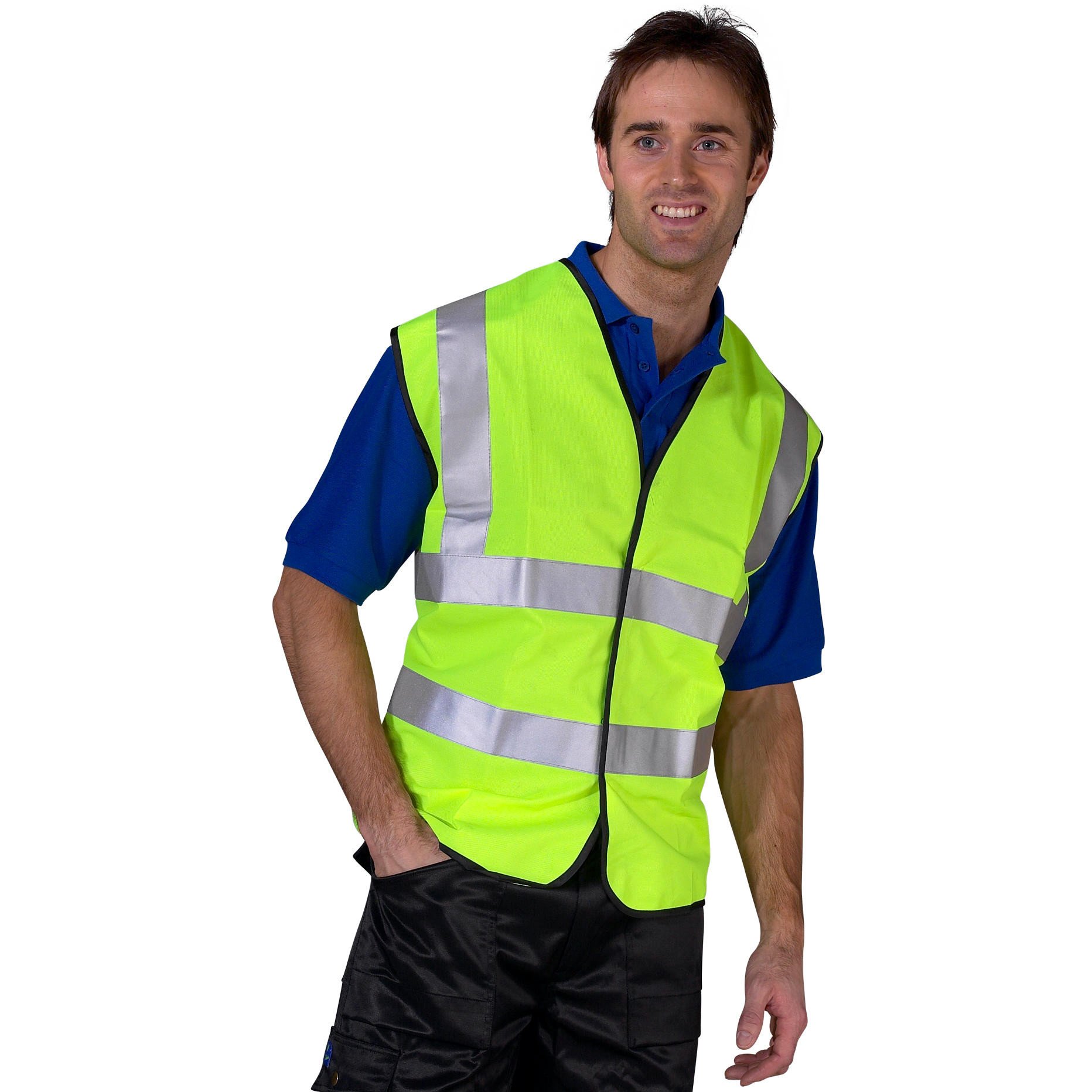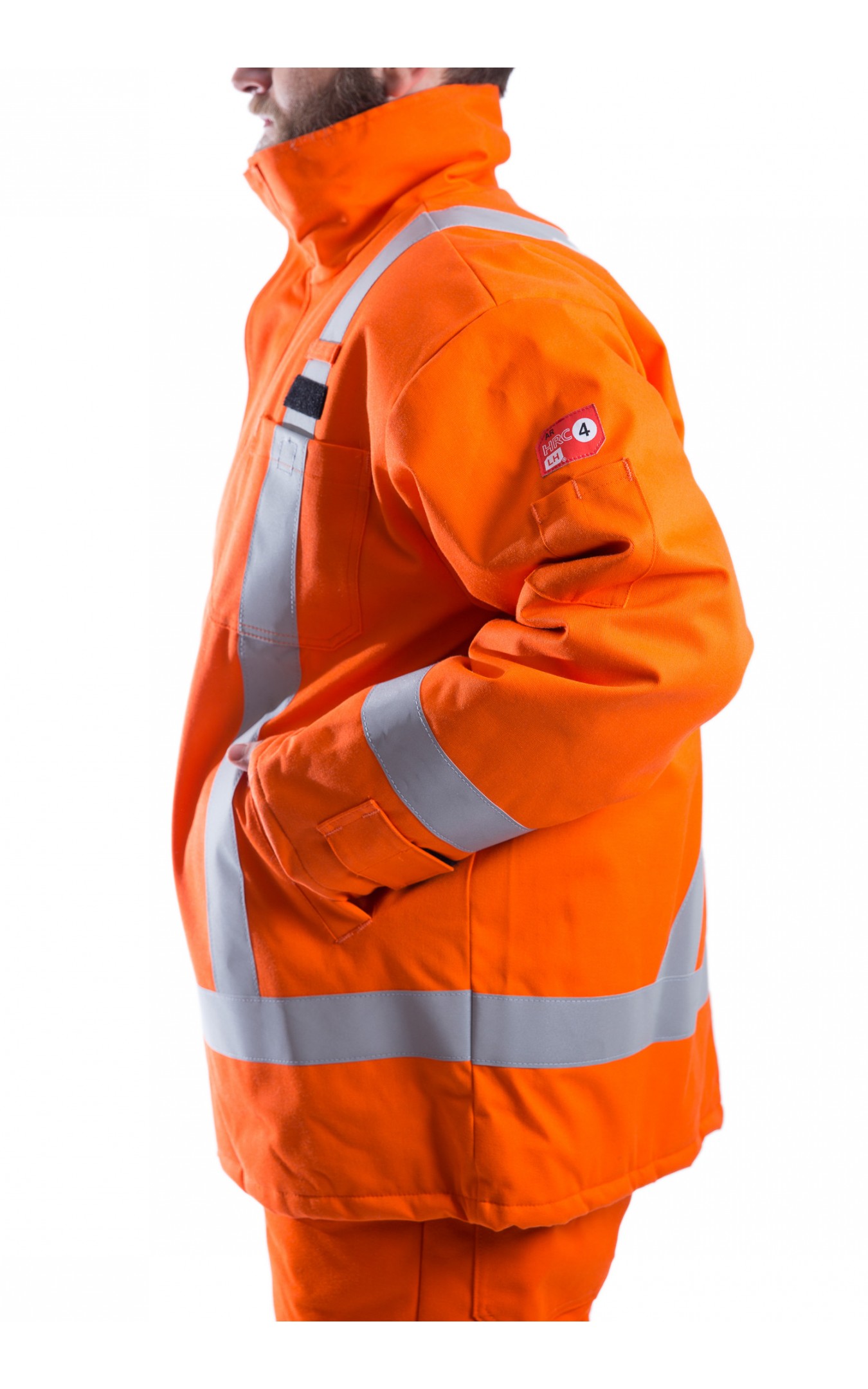

It requires minimum visibility but maximum design to optimize the wearer’s ability to access his or her emergency tools.

They are different from regular ANSI vests in that they are used primarily by first responders and emergency personnel. Vests used in public safety are classified as ANSI 207. Pockets for maps, tabs for mics, tape holders, and places to put your pencils are just some of the advantages of wearing a surveyor’s vest. Surveyor vests may include many more features than their counterparts do, as they allow their wearers to carry around all kinds of tools with them in their many pockets and zippers. What makes them different from the rest of the lot is the built-in functionality. Surveyors safety vests are incorporated into several ANSI class standards: non-ANSI, ANSI 2, and ANSI 3. These garments are not ANSI compliant as they do not meet the applicable safety requirements. They are also used when working in low light conditions where it's not required but the extra visibility is beneficial. These kinds of safety vests are ideal for people who work in warehouses, as parking lot attendants, maintenance workers, and event volunteers. They are sometimes considered Class 1 safety vests, and are best suited for those who will be working in conditions that are generally further away from moving traffic and where traffic will not exceed speeds of 25 MPH. ENHANCED VISIBILITY SAFETY VESTSĮnhanced visibility safety vests are those that require a minimum level of visibility. Not only do they need to be highly visible but they also need a high level of mobility and flexibility while wearing these high visibility vests. ANSI CLASS 3 SAFETY VESTSĬlass 3 safety vests are designed for workers who must have a level of very high visibility and who work in high-risk jobs like emergency personnel, highway workers, and the operators of tow trucks. Typically, this type of safety vest is worn by those who work in lower-risk jobs such as road construction workers, first responders, and the operators of toll booths. ANSI CLASS 2 SAFETY VESTSĬlass 2 safety vests are designed for workers that are located in areas where the background could consist of lots of colors and depth, and the worker needs to stand out against the complex background. The rules are broken down into separate classes, and each class has its own way of meeting these standards in order to satisfy the many different needs of the specific user.

The standards specify the size, color, and type and placement of reflective material. Those guidelines are the standard by which the design and production of safety vests are recommended to adhere for maximum visibility and protection of its wearers.
#High visibility manual
In the world of high visibility safety vests, the American National Standards Institute, or ANSI, commissioned a set of guidelines in its manual ANSI/ISEA 107-2004. Reflective safety vests are also helpful to runners and cyclists in high-traffic areas as well as emergency responders to which safety vests offer easy identification in a crowded place. This is especially true in both harsh weather and low light conditions when vision is often compromised. By allowing enhanced visibility to co-workers, motorists, and heavy equipment operators, there is a reduced chance for serious accidents on the job. When worn in certain work environments, these vests to help prevent injury to those who wear them. High visibility reflective safety vests, or 'hi-vis vests' are used throughout the country and around the world as a safety and precautionary measure.


 0 kommentar(er)
0 kommentar(er)
